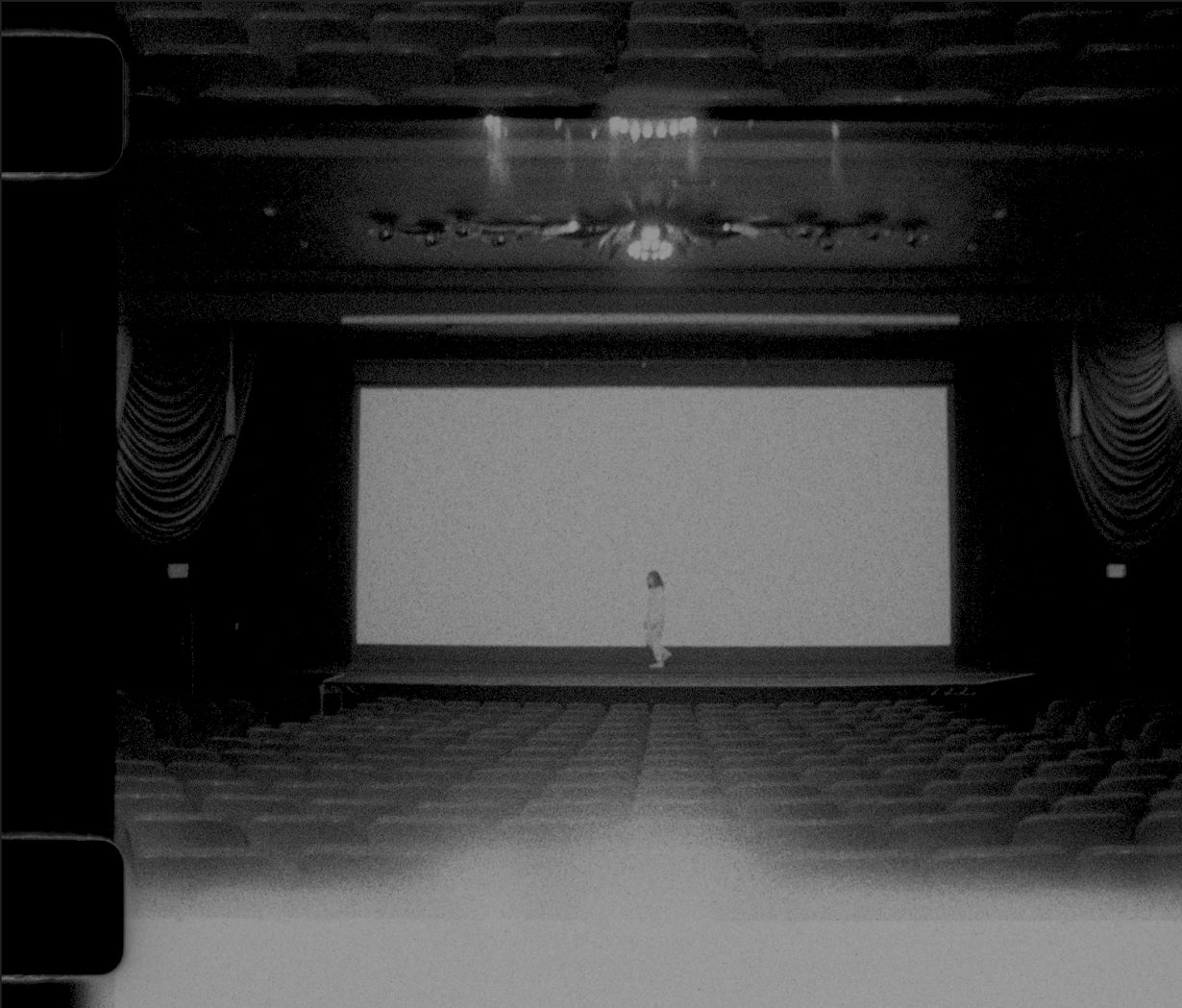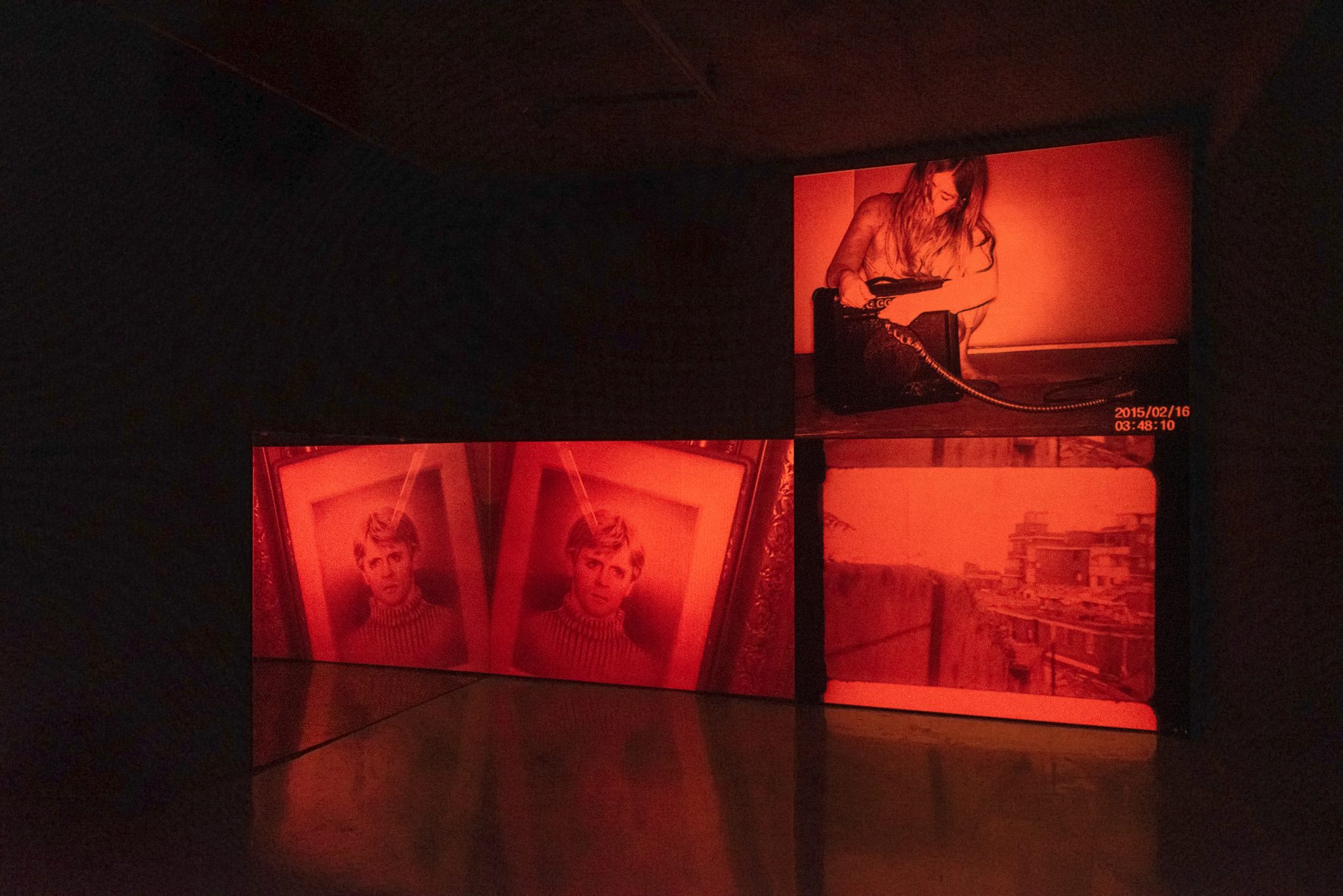The Korean artist takes on the creative legacy of Theresa Hak Kyung Cha, whose brutal murder left her final film cut short, in Subrosa at Museum of Contemporary Art Tucson
A final, unrealised artwork holds uniquely seductive energy. For those devoted to the output of a given artist, there is a temptation to construct what may have been left behind only in pieces. This is especially true for a figure like the writer and artist Theresa Hak Kyung Cha, whose rape and murder in New York in 1982 happened shortly after the release of her novel Dictée. Cha’s brutal death has undoubtedly cast a shadow over her wide-ranging artistic practice, which included film, text-based installation and performance; however, most people are now familiar with Cha due to the dedicated following Dictée has garnered in the decades since its release, for its experiments with image and text to address the overlaps between language and memory, ancestry and history. Na Mira, like Cha an artist of Korean descent, has been delving into Cha’s archives and creative legacy for a variety of projects over the past few years, including the video installation Night Vision (Red as never been), which was part of the 2022 Whitney Biennial; this exhibition is but the latest iteration of this embodied research.
The focal point here is Cha’s White Dust From Mongolia, an unfinished feature film and artist book she began work on during a trip to Korea in 1980. Today it exists only as archival fragments: raw footage, scripts, notes. Mira’s aim in Subrosa isn’t to extend or complete what Cha started in any literal sense. Partitioning the museum’s gallery into two chambers, the exhibit consists of parallel installations shrouded in darkness: TETRAPHOBIA (2022) and Noraebang (2023). In the former, a fragmented grid of looped projections explicitly builds upon Cha’s outlined ideas. The show’s most direct enactment of White Dust… depicts a character from Cha’s script (‘Character #2’) gradually climbing through the rows of empty seats in a deserted movie theatre to arrive at the blank screen, an image Cha had intended as her film’s final scene. Another projection shows a woman facing the camera and reciting words in English and Korean – night, censure, holy, tesseract, cello, among many others – each accompanied by an abrupt hit of the clapperboard she holds in her hands.

While the audio from TETRAPHOBIA’s recitation sporadically cuts across both sections, the sounds from Noraebang, the Korean term for private karaoke-style singing rooms, are what dominate and set the sonic atmosphere for the show. One video shows Mira on the floor crouched over a small practice amp, devotionally coaxing raw sounds from the speaker using only a latex-tube microphone. Peals of feedback bloom into the gallery, only to be interrupted by stray pop-radio transmissions the mic incidentally picks up from, as the exhibition materials inform, Radio Korea, a Los Angeles-based AM station: Brown Eyed Girl, Knockin’ on Heaven’s Door, Mr. Lonely, all rinsed in static. Another corner-set mirror doubles footage that Mira shot during a trip to Korea to investigate a history of matrilineal shamanism in her own family. The film layers glitched pulses of photographed portraits (human, dog, Mother Teresa) over bouquets of flowers and Korean signage into a frenetic tapestry, which melds with the untethered and slightly disorienting sounds. All performances have an element of ritual to them, whether acknowledged or not: Mira makes that connection explicit, where a delirious personal ceremony for one’s genealogy could stand in for the private and unpolished performances that might take place in a noraebang.
Like Cha before her, Mira is interested in how lineages can be refracted through image-making, through translation and through the passage of time. In Subrosa, Na Mira isn’t merely casting out echoes of what Cha initiated over four decades ago before her life was cut short. Instead, the show feels like Mira is enacting a few of the many directions one nascent project could have taken, memorialising an unfulfilled potential. Here, using an unfinished film as source material is less a way of merely building upon an existing outline and more a means of communicating with one’s genetic and creative ancestors.
Na Mira, Subrosa at Museum of Contemporary Art Tucson, through 22 October
